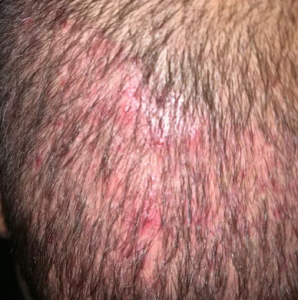So I’m thinking of putting aside around $500-1000 enough assuming my hair doesn’t improve on the big 3. Hoping to get a procedure done by the summer of 2021. Really worried about quality and pretty risk adverse. At about a Norwood 3 now
The average hair transplant in my office practice runs $6,700. OF course, the range runs between $3000-$20,000 depending upon many factors. The reason I tell patients to establish a Personalized Master Plan for their hair loss is to be able to understand what it takes to keep their hair in place, from a good medication routine established by a credible doctor to a hair transplant if you should need it. Starting off early with hair transplants at the age of 25, might mean a smaller type of surgery with proper medical preparation early-on.


